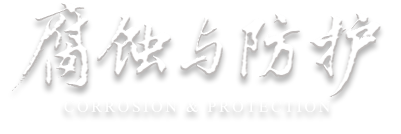Abstract:
The corrosion of steel strands was corroded acceleratedly by electrochemical method. And the pull-out specimens composed of steel strand and concrete, with different corrosion degrees and pull-out modes, were prepared. The degradation law of bonding performance between corroded steel strands and concrete under chloride corrosion was studied by pull-out test. The effects of corrosion degree, stirrup constraint and pull-out mode on the failure mode and bond strength of specimens were discussed. The results show that the pull-out failure mode mainly depended on stirrup configuration and degree of corrosion. With the increase of corrosion degree, the bond strength of steel strand and concrete decreased linearly. Using stirrup could increase the bonding strength of corroded steel strands by about 20%, and the effect of pull-out mode on bonding strength was not obvious.

 下载:
下载: